Aerstone Land Cask Whisky
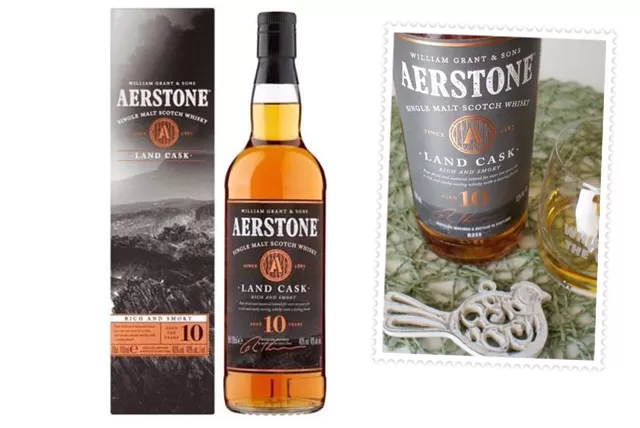
Last week I looked at the Aerstone Sea Cask 10 year old single malt whisky, and this week I explore more of the Aerstone Land Cask single malt Scotch whisky and look at the Ailsa Bay Distillery. A new distillery to my blog.

Last week I looked at the Aerstone Sea Cask 10 year old single malt whisky, and this week I explore more of the Aerstone Land Cask single malt Scotch whisky and look at the Ailsa Bay Distillery. A new distillery to my blog.
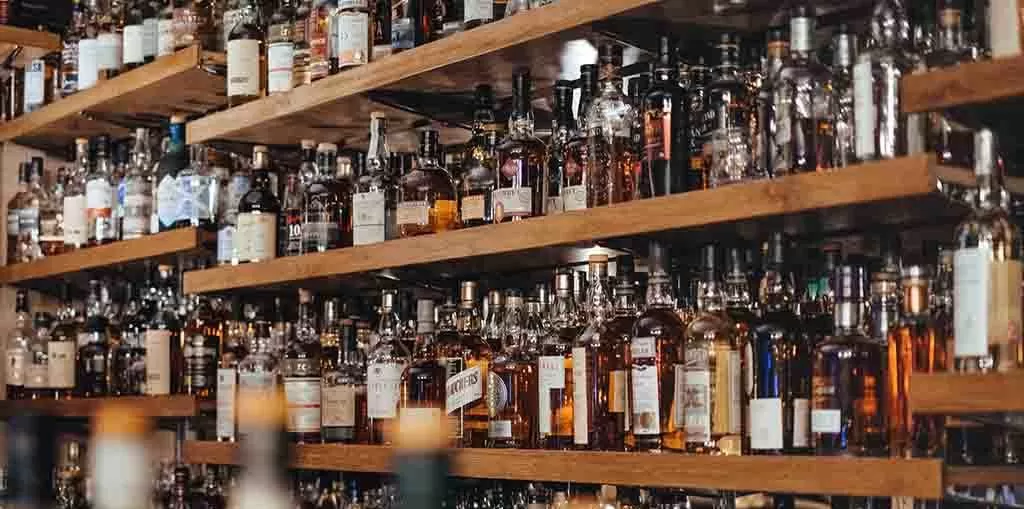
Looking around my whisky room, I was in the mood for an uncomplicated side-by-side comparison. Since both whiskies are available in Mauritius, I tried this comparison: Dewar’s White Label vs Famous Grouse blended whisky.
Read More »Dewar’s White Label vs Famous Grouse Whisky Comparison
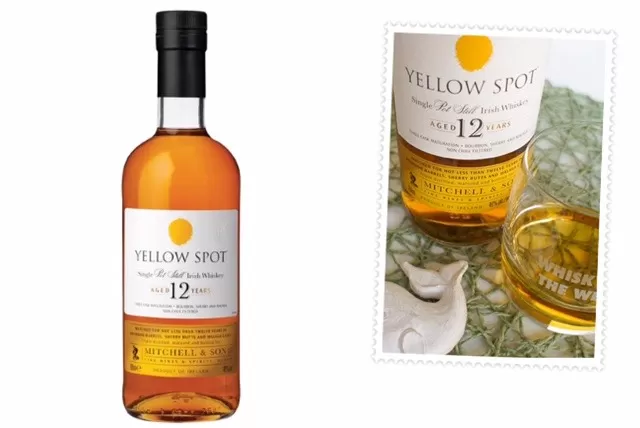
Green, Yellow, Red, Blue; you can be forgiven if you thought today was another edition of the Johnnie Walker range. But today, I am looking at an Irish whiskey. Yellow Spot 12 year old Irish whiskey is the second addition to the ‘Spot’ range of Irish whiskies.
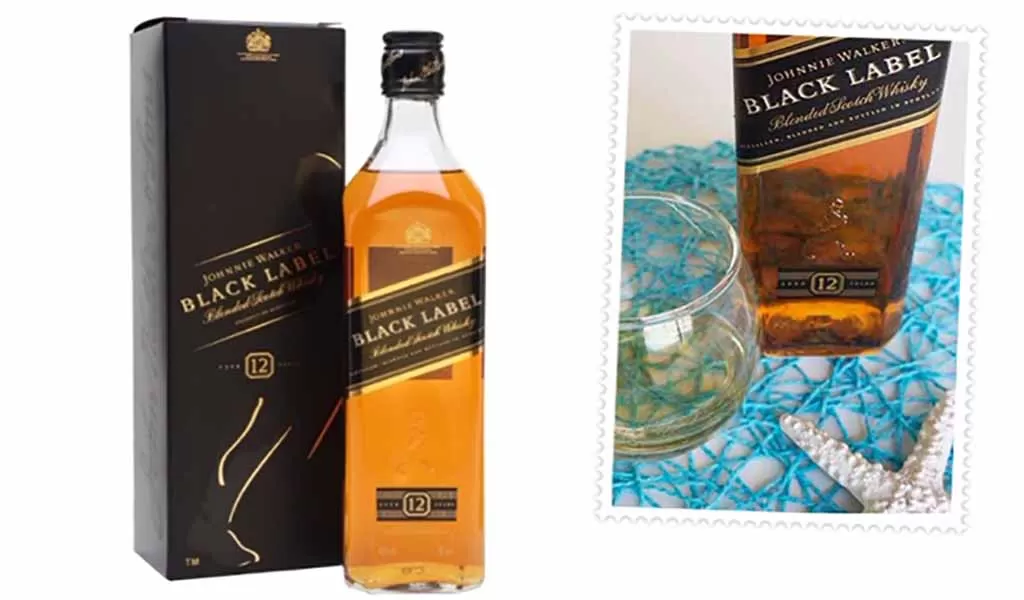
As I rummaged through my whisky collection, pondering the perfect dram to cap off another incredible year, my gaze fell upon the shopping bag on the counter. It struck me that, once again, I had unwittingly bought the whisky that has graced my glass more frequently than any other (with perhaps the exception of the Bain’s whisky). This is the iconic Johnnie Walker Black Label blended Scotch whisky.
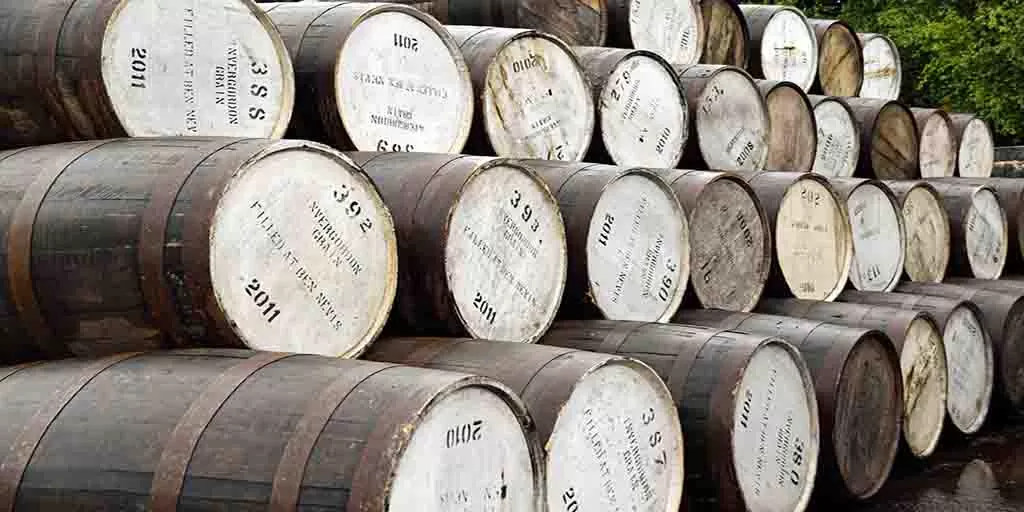
Today I look at another battle of big Islay malts; Ardbeg 10 vs Lagavulin 16 year old whisky. Both these single malt Scotch drams achieved cult status with peat heads. When you mention Islay whisky, one of the first drams that come to mind is the Lagavulin 16 year old whisky.
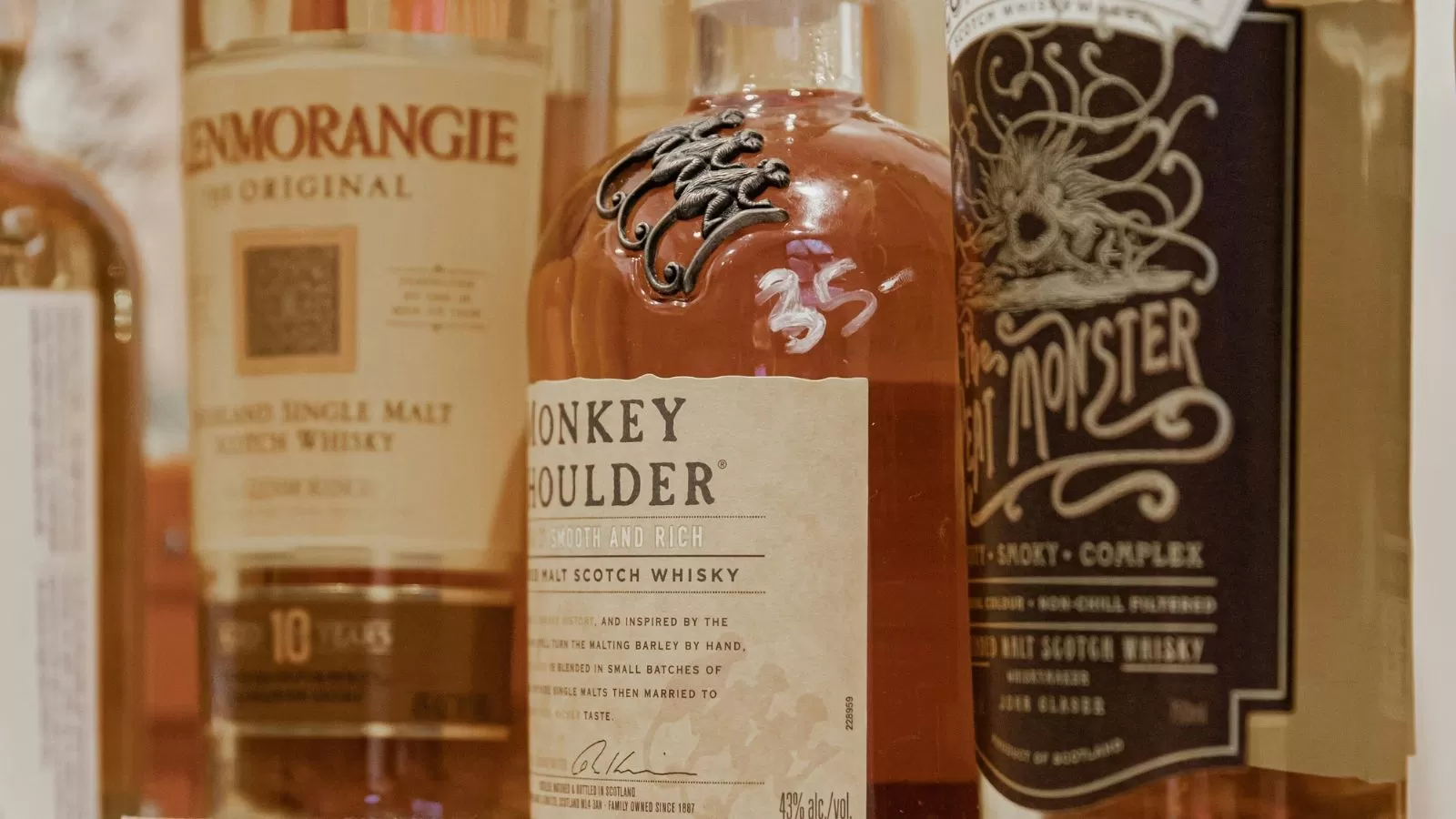
Peated whisky is a divisive topic—some adore it, while others find it overwhelming. When I started drinking whisky, I could not appreciate the heavily peated drams. But as I explored more, I began to appreciate the earthy, smoky complexity they offer.Read More »Best Peated Whisky